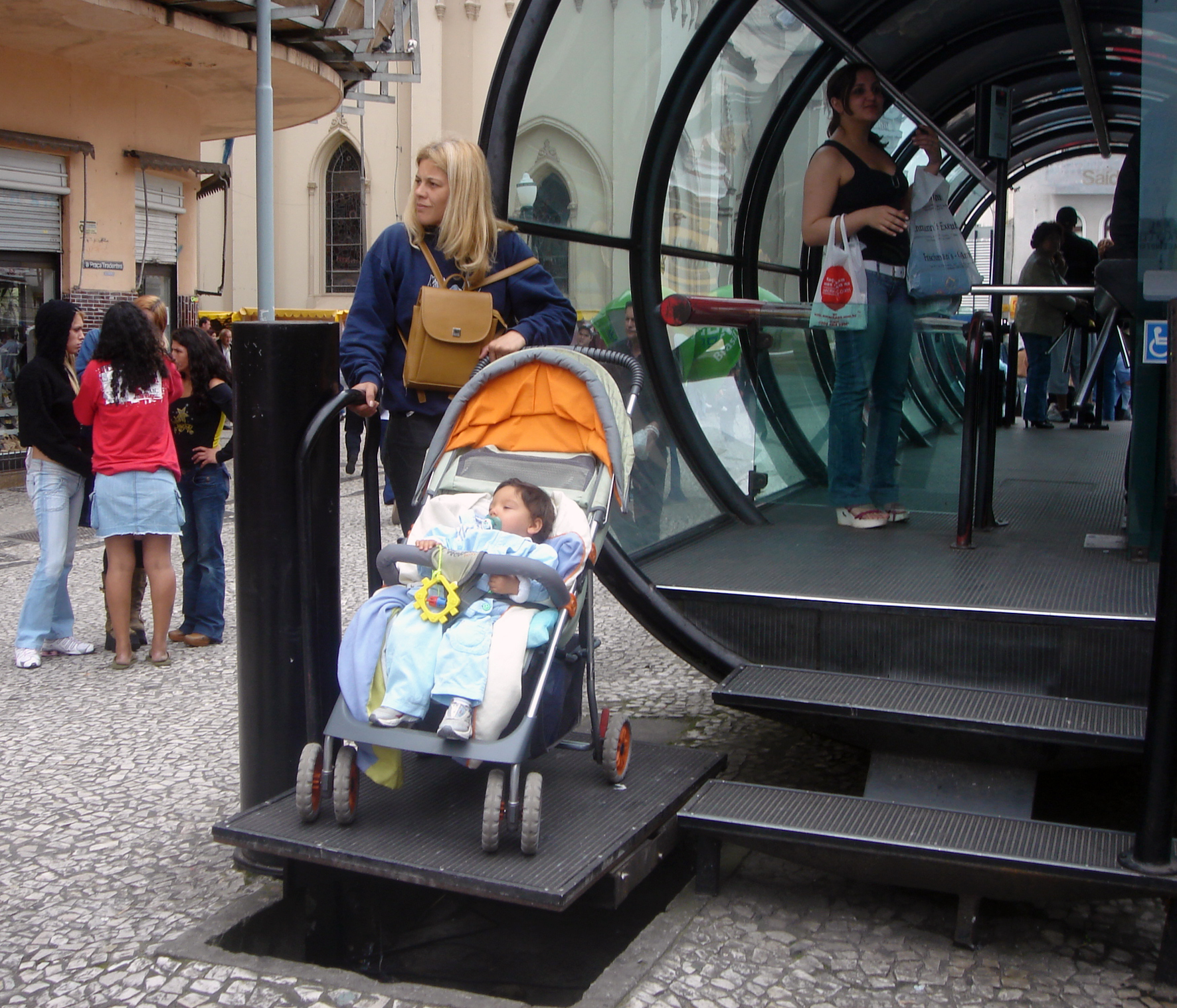|
Bounce Keys
Bounce keys is a feature in various computer operating systems. It is an accessibility feature to aid users who have physical disabilities A physical disability is a limitation on a person's physical functioning, mobility, dexterity or stamina. Other physical disability, disabilities include impairments which limit other facets of daily living skills, daily living, such as respiratory .... Bounce keys allows the user to configure the computer to ignore rapid, repeated keypresses of the same key. This is typically intended for users who press keys multiple times because of impaired motor skills and intended to press the key only once. References External linksHow to configure Bounce Keys in Microsoft Windows 10 Computer accessibility User interface techniques {{desktop-environment-stub ... [...More Info...] [...Related Items...] OR: [Wikipedia] [Google] [Baidu] |
Accessibility
Accessibility is the design of products, devices, services, vehicles, or environments so as to be usable by people with disabilities. The concept of accessible design and practice of accessible development ensures both "direct access" (i.e. unassisted) and "indirect access" meaning compatibility with a person's assistive technology (for example, computer screen readers). Accessibility can be viewed as the "ability to access" and benefit from some system or entity. The concept focuses on enabling access for people with disabilities, or enabling access through the use of assistive technology; however, research and development in accessibility brings benefits to everyone. Accessibility is not to be confused with usability, which is the extent to which a product (such as a device, service, or environment) can be used by specified users to achieve specified goals with effectiveness, efficiency, convenience, or satisfaction in a specified context of use. Accessibility is also s ... [...More Info...] [...Related Items...] OR: [Wikipedia] [Google] [Baidu] |
Disabled
Disability is the experience of any condition that makes it more difficult for a person to do certain activities or have equitable access within a given society. Disabilities may be cognitive, developmental, intellectual, mental, physical, sensory, or a combination of multiple factors. Disabilities can be present from birth or can be acquired during a person's lifetime. Historically, disabilities have only been recognized based on a narrow set of criteria—however, disabilities are not binary and can be present in unique characteristics depending on the individual. A disability may be readily visible, or invisible in nature. The United Nations Convention on the Rights of Persons with Disabilities defines disability as: Disabilities have been perceived differently throughout history, through a variety of different theoretical lenses. There are two main models that attempt to explain disability in our society: the medical model and the social model. The medical model serves ... [...More Info...] [...Related Items...] OR: [Wikipedia] [Google] [Baidu] |
Physical Disabilities
A physical disability is a limitation on a person's physical functioning, mobility, dexterity or stamina. Other physical disabilities include impairments which limit other facets of daily living, such as respiratory disorders, blindness, epilepsy and sleep disorders. Causes Prenatal disabilities are acquired before birth. These may be due to diseases or substances that the mother has been exposed to during pregnancy, embryonic or fetal developmental accidents or genetic disorders. Perinatal disabilities are acquired between some weeks before to up to four weeks after birth in humans. These can be due to prolonged lack of oxygen or obstruction of the respiratory tract, damage to the brain during birth (due to the accidental misuse of forceps, for example) or the baby being born prematurely. These may also be caused due to genetic disorders or accidents. Post-natal disabilities are gained after birth. They can be due to accidents, injuries, obesity, infection or other illnesse ... [...More Info...] [...Related Items...] OR: [Wikipedia] [Google] [Baidu] |
Computer Accessibility
Computer accessibility (also known as accessible computing) refers to the accessibility of a computer system to all people, regardless of disability type or severity of impairment. The term ''accessibility'' is most often used in reference to specialized hardware or software, or a combination of both, designed to enable the use of a computer by a person with a disability or impairment. Computer accessibility often has direct positive effects on people with disabilities. Accessibility features are meant to make the use of technology less challenging for those with disabilities. Common accessibility features include text-to-speech, closed-captioning, and keyboard shortcuts. More specific technologies that need additional hardware may be referred to as assistive technology. There are many disabilities or impairments that can be a barrier to effective computer use. These impairments, which can be acquired from disease, trauma, or maybe congenital, include but are not limited to: ... [...More Info...] [...Related Items...] OR: [Wikipedia] [Google] [Baidu] |

